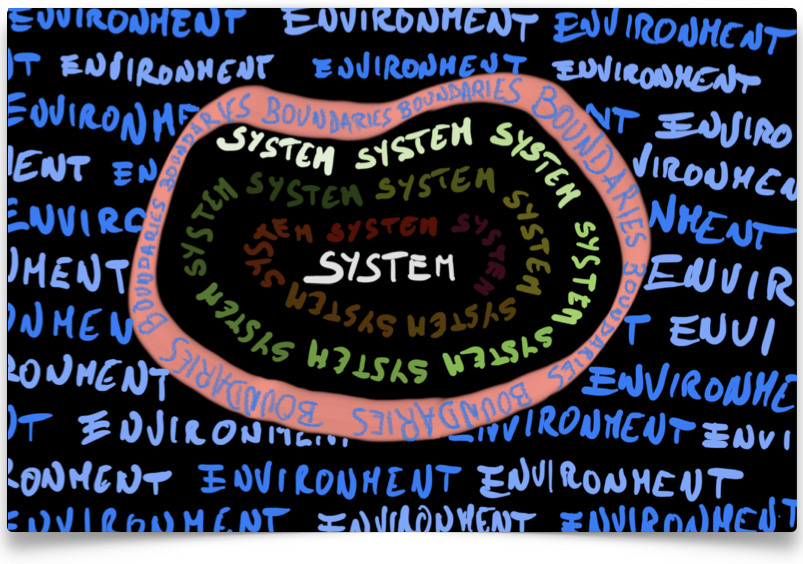The Live Textbook of Physical Chemistry 1
24 November 2025
Preface

This textbook is the official textbook for the Physical Chemistry 1 Course (CHM 3001) at Florida Institute of Technology.
The instructor for this course and author of this textbook is Dr. Roberto Peverati.
Contacts: rpeverati@fit.edu, Office: OPS 333, (321) 674-7735
Chemistry Program, Department of Chemistry and Chemical Engineering, Florida Institute of Technology, Melbourne, FL.
How to use this book
Please read this book carefully, since everything that will be in your exams is explained here. Since this book is specifically tailored for the CHM 3001 course at Florida Tech, there are no superfluous parts. In other words, everything in it might be subject to question in the quizzes and the final exam.
Definitions and exercises are usually numbered and are highlighted in the text in this format (lighter grey, indented, and following a grey vertical bar). Please study the definitions carefully since they are fundamental concepts that will be used several times in the remainder of the text, and they will be subject to quizzes and exams. Exercises are essential for cementing the concepts, and you should attempt to execute them first without looking at the solution. Even if you were able to solve an exercise on your own, always read the solution after, since it might contain additional explanations expanding the main concepts in the text.
Navigating the book should be straightforward. On each page, there is a useful sidebar on the left that gives you an overview of all chapters, and a toolbar at the top with important tools. Arrows to shift between chapters might also be present, depending on your browser. If you are old-school and prefer a pdf, you can download a printout by clicking on the toolbar’s corresponding icon. If you are really old-school and prefer a printed book, the best solution is to download the pdf and print it yourself. It is a LaTeX book, and I can promise you it will look good on paper. However, I cannot provide physical copies to each student. In the toolbar, you will find a useful search box that is capable of searching the entire book. The most adventurous will find in the toolbar a link to the raw GitHub source code. Feel free to head on over there and fork the book.
For my students, each chapter of this book represents one week of work in the classroom and at home. The sidebar on the left will reflect your syllabus, as well as the main structure of the class on Canvas. The book is a live document, which means it will be updated throughout the semester with new material. While you are not required to check it every day, you might want to review each week’s chapter before the lecture on Friday.
A note on units
In general, we will use SI units or some of their multiple throughout the textbook, lectures, and exercises. For example, temperatures will be measured in Kelvin (\(K\)), energetic terms will be measured in either Joules (\(\text{J}\)) or kiloJoules (\(\text{kJ}\)), while volumes will be measured in cubic meters, or more often in liters (\(\text{L}\)), where \(1\,\text{L} = 10^{-3}\,\text{m}^3\). An important exception is made for pressures, which will be measured in bars (\(\text{bar}\)). This exception is not completely unjustified, since bar is still a (unconventional) multiple of the SI unit of pressure, pascal (\(\text{Pa}\)), where \(1\,\text{bar} = 10^5\,\text{Pa}\). This choice is made to retain a reasonable similarity with the unit atmosphere (\(\text{atm}\)) which is extensively used in several other chemistry textbooks \((1\,\text{atm} = 1.013\,\text{bar})\) and in previous physical chemistry courses.
We will generally also try to avoid conversion between units, except for some trivial conversion between degrees Celsius (°C) and Kelvin, with the conversion factor being an addition of \(273.15\,\text{K}\). Other unconventional conversions might happen in some of the exercises, with the conversion factors always reported within the exercise itself. Additionally, we will avoid unnecessary conversion between the average atmospheric pressure and bars by setting \(P_{\text{atm}} = 1\,\text{bar},\) rather than \(P_{\text{atm}} = 1\,\text{atm} = 1.013\, \text{bar},\) an approximation that is mostly inconsequential, at least at the scale of the problems that we treat here.
This live open textbook is distributed under the CC-BY-SA 4.0 License and it was funded by the Florida Tech Open Educational Resources Grant Program: A Collaboration of the Teaching Council, eEducation, and the Evans Library.